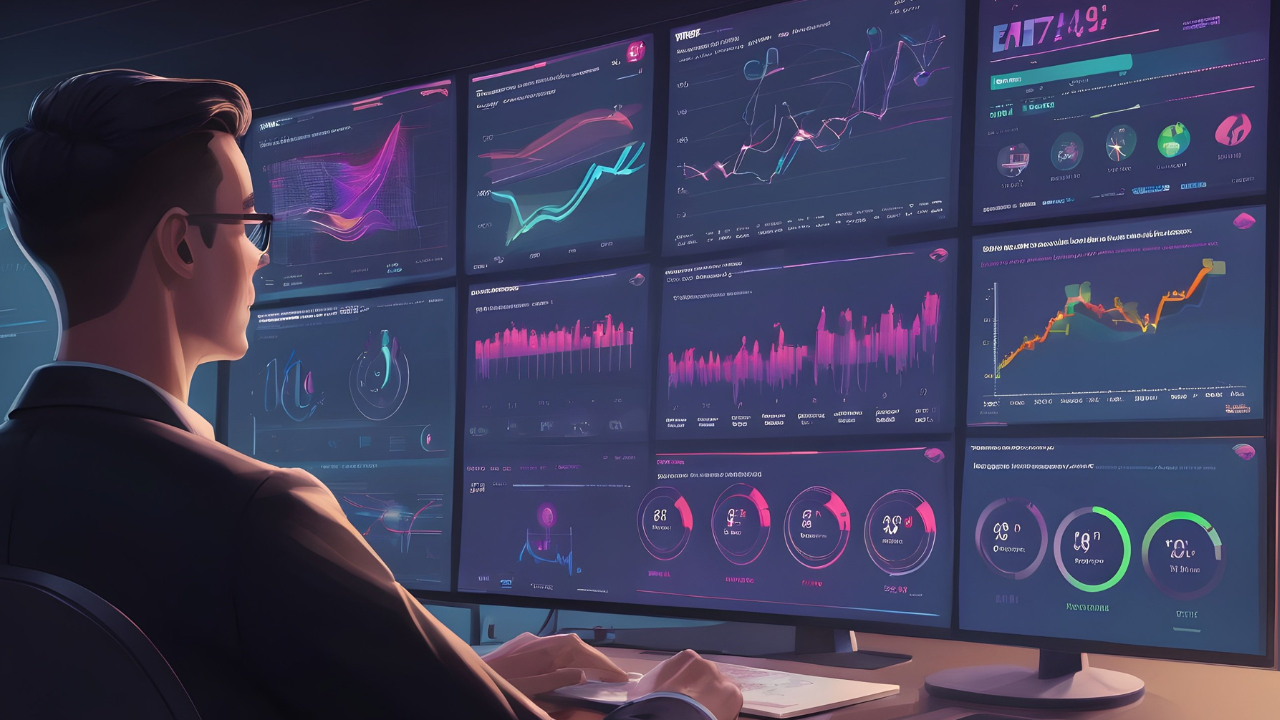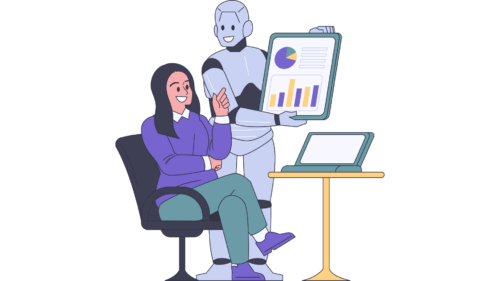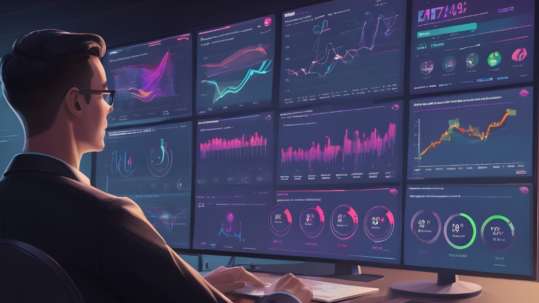
Innovative Screening Strategies: Using AI and Machine Learning to Identify Top Talent
In today’s competitive job market, identifying top talent efficiently and effectively is crucial for organizations to maintain their competitive edge. Traditional recruitment methods often rely on manual screening processes that are time-consuming, subjective, and prone to bias.
However, artificial intelligence (AI) and machine learning (ML) advancements have changed how recruiters screen candidates, offering innovative techniques to identify the best fit for a role. In this article, we’ll explore how AI and ML transform the recruitment landscape and discuss various cutting-edge screening techniques to pinpoint top talent.
7 Innovative Screening Strategies: Using AI & ML in Recruitment
1. Understanding AI and Machine Learning in Recruitment
Before delving into specific screening techniques, it’s essential to understand the role of AI and ML in recruitment. AI involves machines replicating human intelligence processes, while ML, a subset of AI, enables computers to learn from data without direct programming. In recruitment, AI-powered systems can analyze vast amounts of data to identify patterns, predict outcomes, and make data-driven decisions, thereby enhancing the efficiency and accuracy of the hiring process. A recent survey found that 60% of companies use AI to manage talent as of 2024.
2. Resume Parsing and Keyword Extraction
One of the most common applications of AI in recruitment is resume parsing and keyword extraction. AI-powered algorithms can scan resumes and extract relevant information such as skills, qualifications, and experience. By analyzing keywords and phrases, these systems can quickly filter through a large volume of resumes to identify candidates whose qualifications closely match the job requirements. Additionally, ML algorithms can learn from past hiring decisions to refine the screening process further, improving the accuracy of candidate selection over time.
3. Predictive Analytics for Candidate Assessment
Predictive analytics leverages AI and ML to forecast future outcomes based on historical data and patterns. In recruitment, predictive analytics can be used to assess candidate suitability and predict their likelihood of success in a particular role. By analyzing factors such as past job performance, educational background, and psychometric assessments, predictive analytics algorithms can generate candidate scores or rankings, helping recruiters prioritize candidates with the highest potential for success.

4. Natural Language Processing (NLP) for Candidate Evaluation
Natural Language Processing (NLP) is a branch of AI that focuses on understanding and interpreting human language. In recruitment, NLP algorithms can analyze written communication, such as resumes, cover letters, and candidate responses, to extract meaningful insights about candidates’ skills, experiences, and personality traits. By identifying writing tone and language patterns, NLP algorithms can assess candidate suitability and cultural fit more accurately, helping recruiters make informed hiring decisions.
5. Behavioral Analysis and Candidate Matching
Behavioral analysis uses AI and ML to analyze candidate behavior and predict their fit within an organization’s culture and values. By analyzing factors such as social media activity, online behavior, and personality assessments, behavioral analysis algorithms can generate candidate profiles and match them to specific roles based on cultural fit and compatibility. Additionally, ML algorithms can learn from past hiring decisions and employee performance data to improve the accuracy of candidate matching over time, leading to better long-term retention and employee satisfaction.
6. Video and Voice Analysis for Candidate Assessment
With the increase of video interviewing platforms, AI-powered video and voice analysis tools have become increasingly popular in recruitment. These tools use AI algorithms to analyze candidates’ facial expressions, body language, tone of voice, and speech patterns during video interviews, providing valuable insights into their communication skills, confidence, and personality traits. By combining video and voice analysis with other screening techniques, recruiters can better understand candidates’ suitability for a role.
7. Continuous Learning and Adaptation
One of the key advantages of AI and machine learning in recruitment is their ability to continuously learn and adapt to evolving trends and candidate preferences. By analyzing feedback from hiring managers, candidate interactions, and hiring outcomes, AI algorithms can identify patterns and adjust screening criteria to improve future hiring decisions continually. Additionally, by integrating feedback loops into the recruitment process, organizations can ensure that their AI-powered screening techniques remain aligned with their evolving hiring needs and organizational goals. This iterative approach to candidate screening not only enhances the accuracy of candidate selection but also enables organizations to stay agile and responsive in a dynamic job market landscape.
Wrapping Up
Innovative screening techniques powered by AI and machine learning are transforming the way organizations identify top talent. By leveraging these technologies, recruiters can streamline the hiring process, reduce bias, and make data-driven decisions that lead to better hiring outcomes. As AI continues to evolve, the possibilities for enhancing candidate screening and selection will only continue to expand, ushering in a new era of recruitment innovation and efficiency.
To receive and stay updated about related content:





